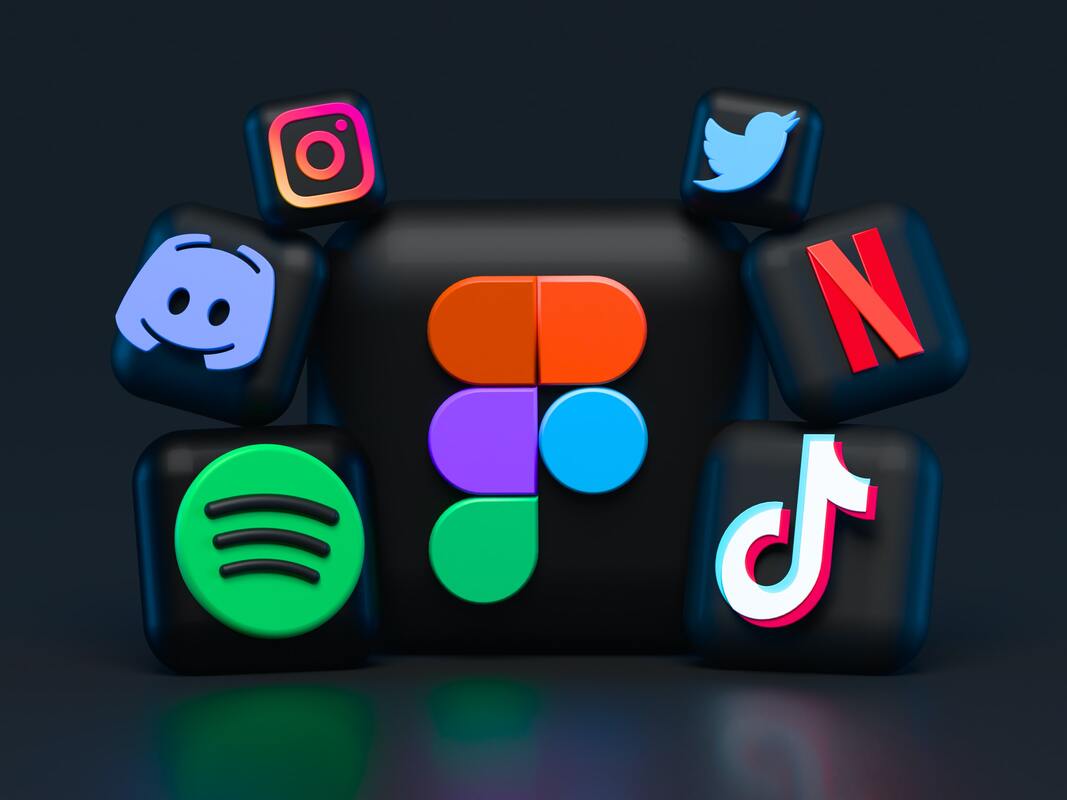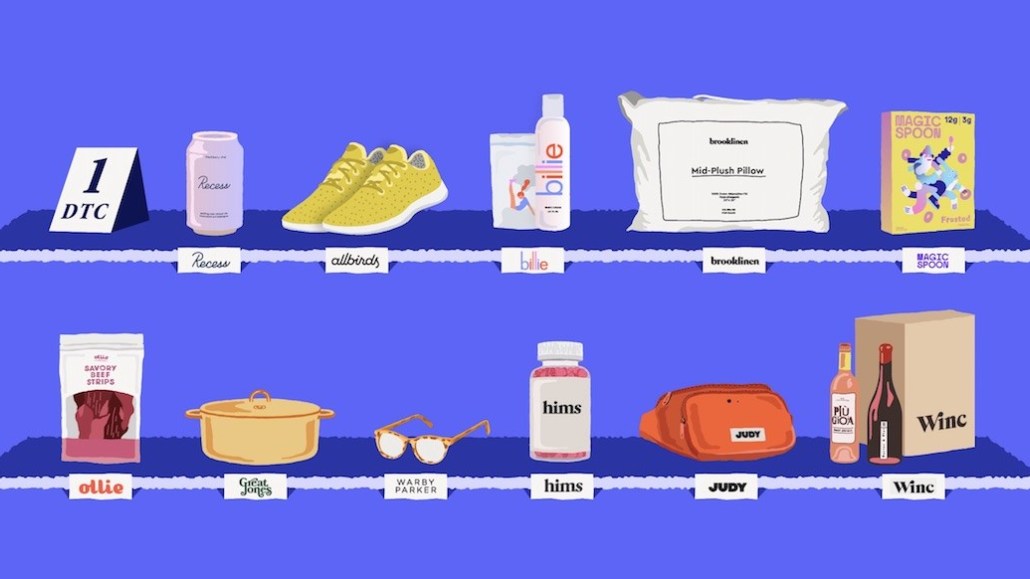Ecommerce Giant Amazon Launches New Social Media Tool
And taking the pulse of the younger generation of buyers has inspired Inspire – an Amazon quasi-social media app designed to mimic the popular TikTok. Not surprisingly, it’s an early hit.
Amazon Inspire began a rollout phase in early 2023, offering a downloadable app that in fact resembles the TikTok platform. TikTok is a video-centered app popular across a range of demographics, though it is mostly used by those under 40. That’s where the dollars are, say experts in ecommerce. And that’s where the Amazon future is headed. This intriguing and nuanced app offers so much more than just a small photo on their main website. Amazon shoppers can log in to Inspire directly through their phone-based Amazon app by launching a light bulb icon. It promises personalized content (made possible by a collection of prior shopping choices and probably a bit of data collection from social media use). Users may choose from more than 20 areas of interest such as gaming, beauty products, clothing, pet care, recreational pursuits, and beyond. Browsing the returns that pop up after you’ve chosen a sector, shoppers scroll through buttons to further customize a collection they may find interesting. The experience is similar to TikTok feeds, with engagement buttons and swiping actions that lead to promoted or favored items. This customization feature is perhaps the key selling point of both selling and buying on Inspire. It doesn’t require typing text into a search window. Product categories appear in launchable buttons, and they are diverse. Amazon hopes they will lead you to what you’re shopping for. What Amazon has not disclosed is how the app generates recommendations, except to say that it requires at least two recommendations before it appears as a promoted product. Content creators may enroll in the program to upload media, including video and photos connecting to thumbnail photos of Amazon listings they fancy. These contributors may earn commissions, depending on volume. Customer reviews, always a key element in online sales, are welcomed. Amazon Inspire is now available for use by all US consumers, and the jury is out on how this new, creative approach to a hybrid influencer/advertising function will play out. For now, it appears to be an ingenious method of following the lead in cultural and consumer trends as they develop on the internet. Interested in buying or selling on Inspire? Get more info here.
0 Comments
Here are some of the ecommerce marketing mistakes your brand could be making (without even knowing it): #1 An Inefficient Website With Bad Mobile Optimization It’s more important than ever to ensure your website functions seamlessly. Otherwise, customers get distracted or frustrated and move on to the next thing. Having a beautifully designed, professional website that attracts and keeps customers is one of the best ecommerce marketing plans you can have. When it comes to mobile shopping, this sentiment goes double! Be sure your website has proper mobile optimization. The user experience of desktop and mobile shopping needs to be attractive, but also a well-oiled machine. From good SEO and product descriptions to excellent customer service, many of the ecommerce marketing mistakes listed below can help you achieve that. However, it starts with hiring the right website builders and integrating the right CMS platform for your business. #2 Forgetting Lead Capturing Potential customers might not always make an immediate purchase. That’s why it’s imperative to create a good lead capturing system. A pop-up for email signups (with a tempting discount) is one great way to turn those potential customers into first time buyers. You can also capture leads through chatbots and social media channels. Leadpages, ActiveCampaign and Getsitecontrol are just some of the powerful lead capturing and lead generation tools you have to work with. #3 Poor SEO and Product Descriptions It’s important to have an attractive website. This much is true. However, it’s also critical to have good SEO that draws customers to the website in the first place. An SEO plan using targeted keywords, accurate product descriptions, and well-written copy will help customers find your items with a simple search and give them the unique details of the item. You can hire someone internally to do so, but it’s more fruitful to hire an agency like Cennos that is already familiar with the proper use of long-tail keywords and in tune with more up-to-date trends and styles so your product descriptions are both search engine optimized, accurate, and appealing. #4 Ignoring Reviews and Testimonials With online shopping, having reviews and testimonials is more important than ever. Customers can’t touch and feel in person, so hearing or reading what previous buyers thought of the product is crucial. When building a website, be sure to make room for reviews and testimonials. Customers are more confident to purchase a product if they can read the social proof and what other customers think of it. It offers a level of transparency and boosts conversion rates. Having social proof on your website is just the first step. It can come in other ways too. Influencers can post their reviews across social media. Remember: It’s about more than a single product review. It’s also about your brand image. #5 Skipping on a Social Media Strategy Speaking of using influencers for social proof, let’s discuss the importance of a social media strategy. Promoting items and your brand online is a must in today’s age. If you aren’t taking advantage of social media platforms to engage with customers, you’re really missing a huge piece of the puzzle. However, it’s wise to come up with a social media strategy. For starters, it helps to know what social apps your target audience prefers. Then, you can create social media ads that show up in their algorithms. Again, this is where hiring a professional can help. Skilled social media strategists can ensure your ads are targeted correctly with the proper keywords, all while following each social platform's strict ad rules and regulations. #6 Not Focusing on Your Target Audience Another ecommerce marketing mistake that could be costing you? Not understanding your target audience. Or – and let’s say you do – simply not focusing on them. Driving traffic to your website through SEO and reviews helps, but it is also essential to hone in on your target audience directly. Sadly, many businesses cast a wider net with the intention of attracting a wider audience. But it pays to be as specific as possible! Research your target audience by creating a buyer persona so you can better understand what they are searching for in a product or service. Photo by Myriam Jessier on Unsplash
Advantages and Pitfalls to Avoid
The Advantages of Using Social MediaSocial media outreach is an essential component of a marketing strategy for many brands. Platforms like Facebook, Instagram, YouTube and many others offer an accessible way for brands to reach their audience. What are some of the advantages of using social media? Let’s explore! It’s a Direct Connection to a Wider Audience Popular social media platforms like Facebook, YouTube, and Instagram have many Monthly Active Users (MAUs). Facebook alone has 2.9 billion MAUs, so it is usually the first social platform brands turn to. This can work to a brand’s advantage, getting as many eyes on your products and services as possible. Furthermore, it offers a direct connection that serves an audience’s curiosity and makes them more familiar with products and services. Influencer Marketing and Paid Ads Are More Affordable Influencer marketing and paid advertising offer brands a more economical approach to reaching said audience. You don’t need a big celebrity; a micro-influencer with a large following of your target audience will do the trick. It’s a great way for newer brands to make their name known. Not sure where to find an influencer relevant to your brand? Check out some of the top influencer marketing platforms like Upfluence, Grin and CreatorIQ and filter for your niche. Paid ads can also be tailored to slide into the social feeds and generate loyal followers who may eventually hit that “buy” button. Social Media Points Increases Shop Page and Website Visitors With a community of followers, a brand can alert them of promotions, sales and other offerings that lead them to a website and more importantly, a shop page! Whether the brand sells home decor or fine jewelry, a captivating image of the latest products can entice followers to pay a visit to a site, driving traffic and generating sales. Pitfalls to AvoidWith all the advantages that social media has to offer to grow a brand, it’s still a good idea to know what kind of pitfalls to avoid. Here are a few snags and snafus that can trip up a well-meaning social media marketing plan. Not Researching Your Target Audience Yes, one major advantage of social media is that a brand can reach a wider audience with multiple accounts. Still, you have to start somewhere. If you ignore data-driven details and metrics that help define your target audience, all your social media posts will fail to capture the attention of those that matter – your customers and clients! So, learn how to make your brand appeal to your audience from the get-go. Being on Every Social Media Platform New social media platforms are popping up practically every year: Facebook, Instagram, YouTube, Pinterest and the latest Snapchat and TikTok, among a few. If it seems overwhelming, you’re not wrong. But there’s an easy solution. Instead of trying to blanket them all and stretching the marketing department too thin, focus on the social media platforms that your target audience uses most. For example, Pinterest offers interior designers and homeowners a way to pin furniture and decor. Also, remember to align the style and tone of voice to the platform. For example, LinkedIn readers will appreciate a more professional angle. Becoming Over-Reliant on Automation Once your brand markets itself to its target audience, don’t forget to connect with followers on a more personal level. Automation offers a modern convenience of posting consistently, but real engagement begins when a brand replies to comments and answers questions, even under an influencer’s social media post. So hop into the brand accounts – on a weekly basis at least – to get involved with your followers and build that trust factor. Discover the Best Social Platform for Your Brand TodayTake advantage of everything social media has to offer. Join a social media platform – or two or three – and begin promoting your brand today. Research your target audience or simply learn more details on who that audience truly is. Just remember to avoid some of the common pitfalls mentioned above and align your message and tone to fit your brand. Photo by Alexander Shatov on Unsplash
Celebrity sells, and even with your best efforts at focusing on conventional strong points for growing an e-commerce business, it may be time to cash in on the notoriety of big names. That’s the reality for a lot of merchants, but not all. Your store might realize a so-so benefit from investing in this trend. Let’s look at the pluses and the minuses. Influencer marketing typically harnesses the high-profile status of well-known (and sometimes surprisingly not so well-known) “influencers,” meaning people with immense followings on social media. Endorsements, product mentions, personal stories – they all attract interest. Whether it’s a big name like Kardashian, or a Johnny-Come-Lately who has grown a big audience and mass presence through clever marketing, leveraging this type of sales strategy can be lucrative. Influencer marketing is also a form of branded content; not a one-size-fits-all concept. It’s hard to deny the effect of social media on virtually all consumer demographics, making sites like Facebook (Meta), Instagram, Twitter, TikTok, and various and sundry platforms a critical asset to market products you sell. Experts estimate that U.S. marketers will engage in some form of influencer marketing to the tune of nearly 73 percent in 2022. Want more stats? An estimated 14 percent of 18-to-24 year olds and 11 percent of millennials made a purchase within the last six months, strictly driven by influencer marketing. The concept is anything but new, and dates back to celebrity TV ad endorsements from decades earlier. In 2022, influencers might be successful bloggers who have grown a following over the years. Parenting blogs, fitness blogs, foodie blogs, and fashion blogs are common examples. Non-famous individuals have built large audiences with sheer creativity and relevance. And even better, people trust them. How do you absorb the cost of influencer marketing? Particularly in light of an imperfect method to measure metrics for return-on-investment, it’s an important question. What once was “paid partnerships” has morphed into “sponsored posts.” And for the privilege of hopping on board, the unspoken industry standard is $100 per 10,000 followers. Deciding between quality and quantity is another consideration: are you seeking a broad reach, or does your product line(s) call for a more tailored approach? As Instagram is considered the gold standard for influencer marketing, start there. Influencers usually offer a press kit with the details you need to make a decision. A typical Instagram sponsored photo post caption might set you back under $2,000 for an influencer with fewer than 100,000 followers. To get started, you should start slow and build up. Here are a few tips to keep in mind if you’re pitching on Instagram:
Photo by Verena Yunita Yapi on Unsplash
Moving merchandise through moving pictures |
Archives
October 2021
Categories
All
|











